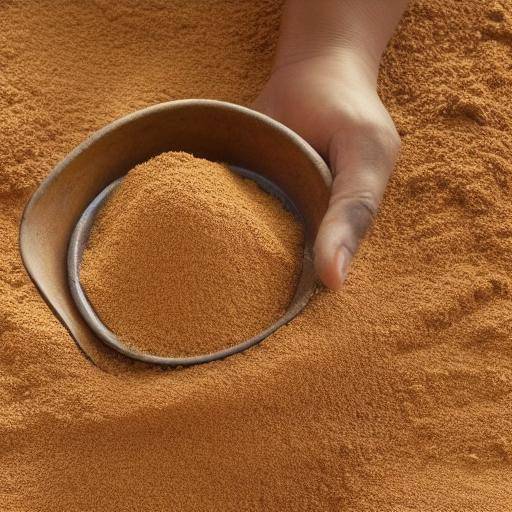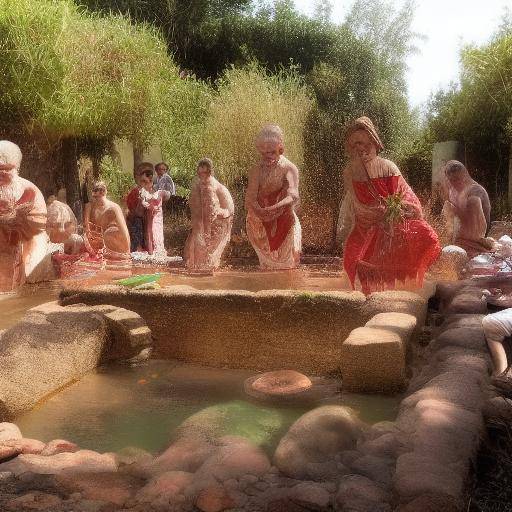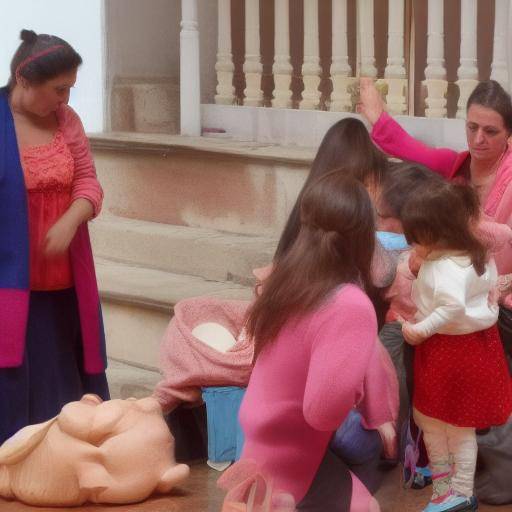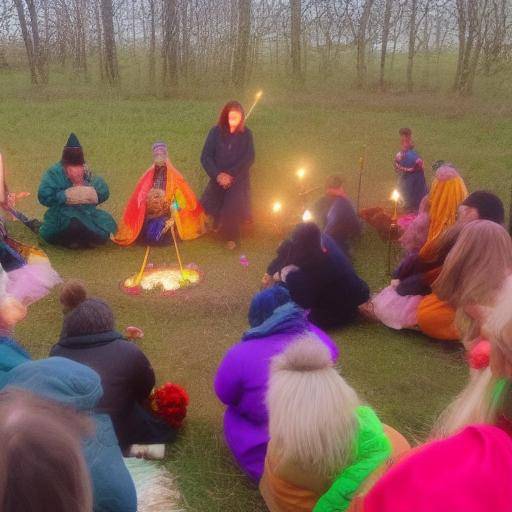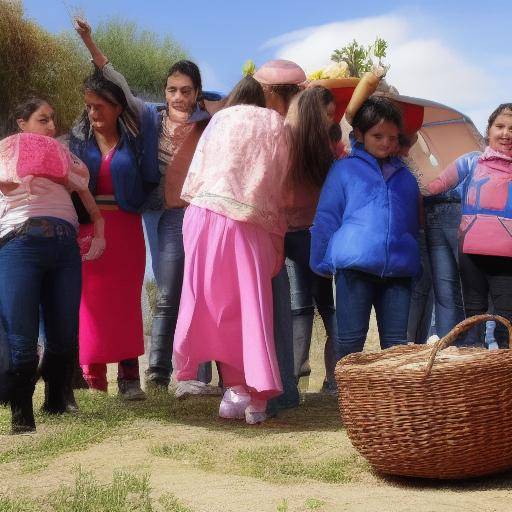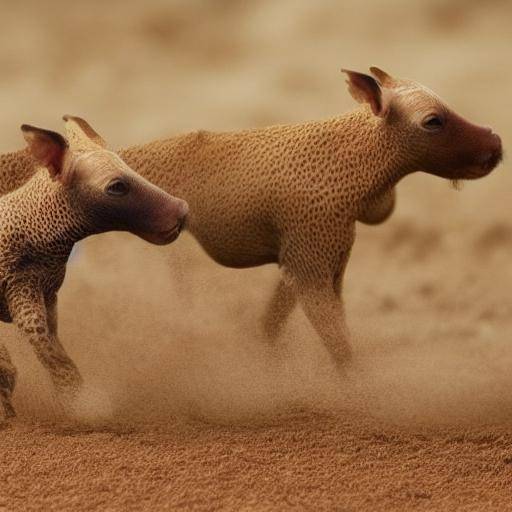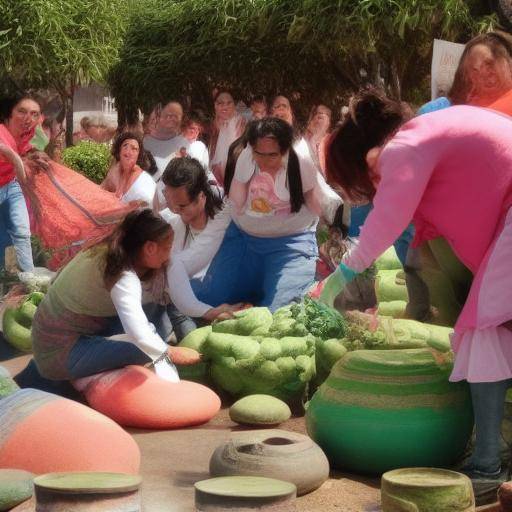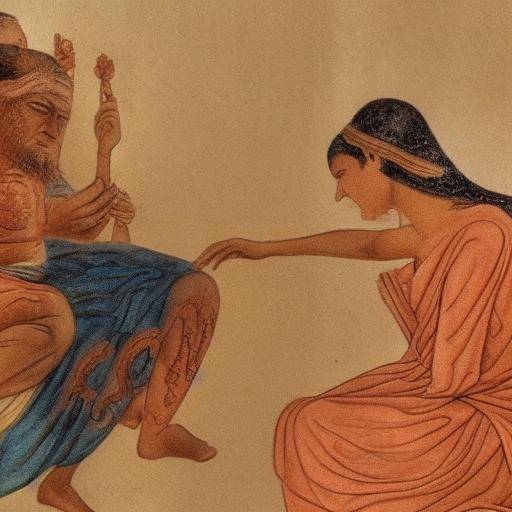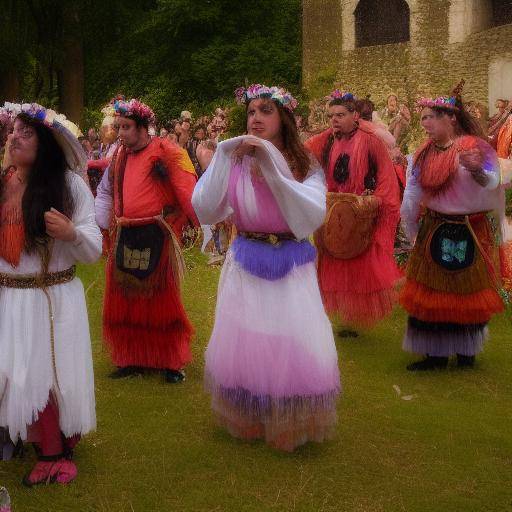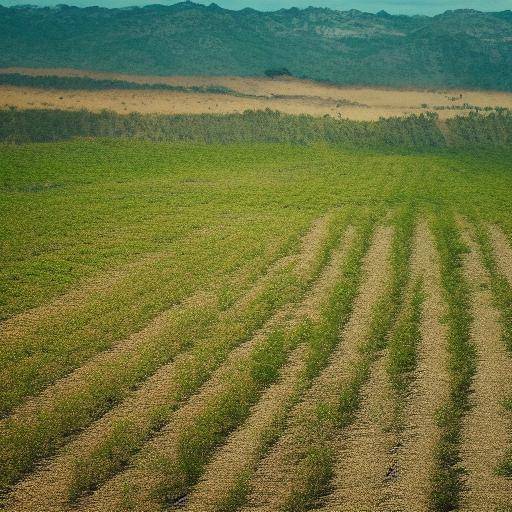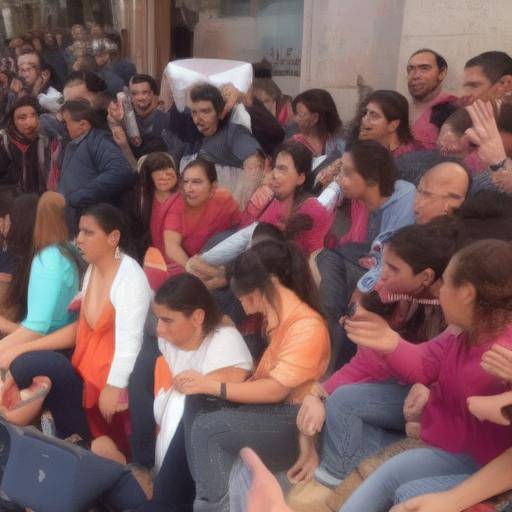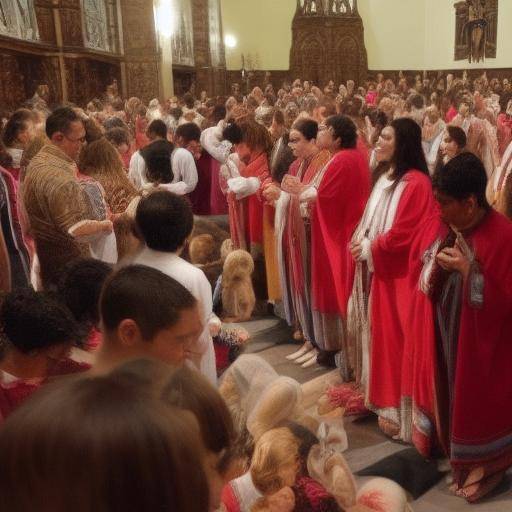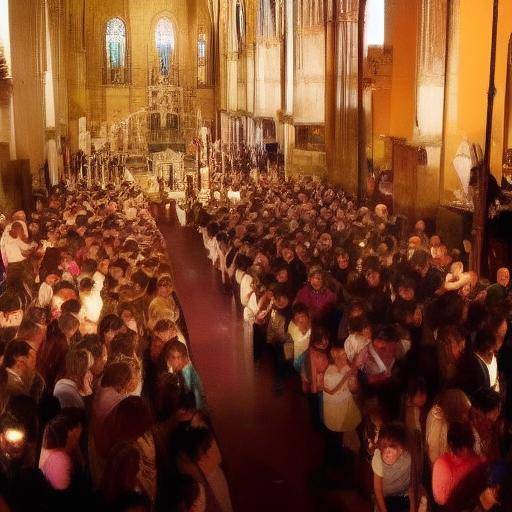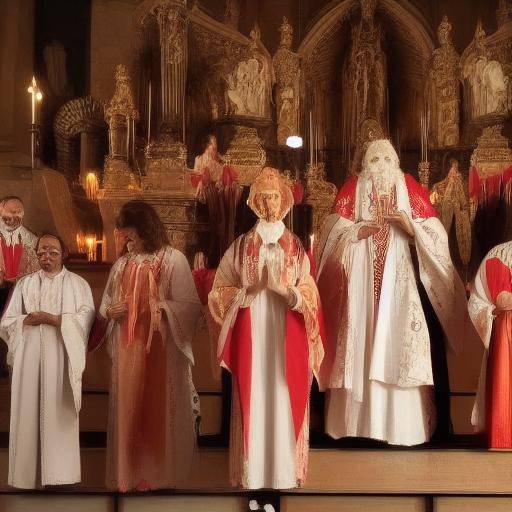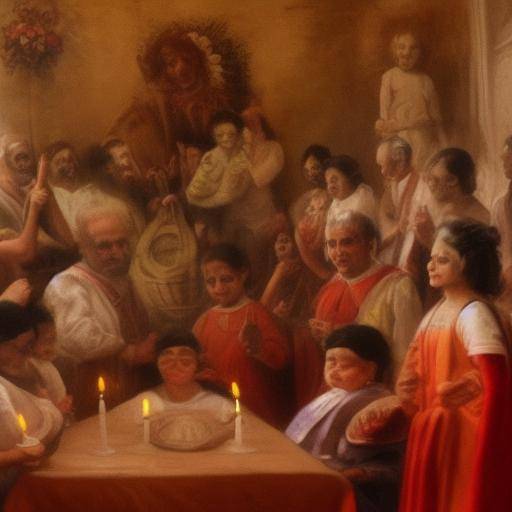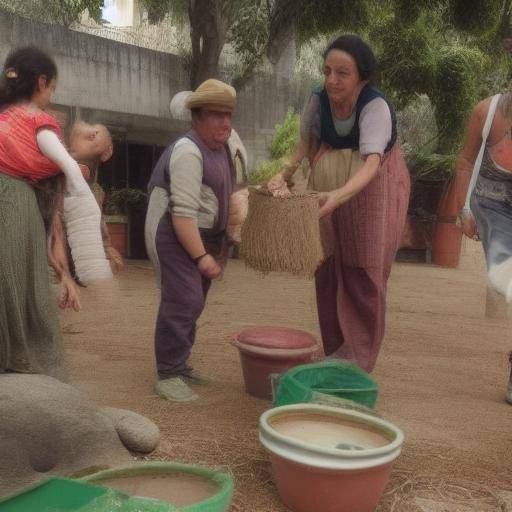
Introduction
Nordic culture is rich in myths, legends and traditions that have endured throughout the centuries. Among them, fertility rites represent a fundamental part of the Nordic worldview. In this article, we will explore in depth the ancient rites of fertility in Nordic culture, its meaning, evolution throughout history and its relevance today. In addition, we will analyze in detail the similarities, differences and the importance of these rites in the historical and cultural context of the region. Join us on this fascinating journey through the past and present of Nordic culture!
History and Background
The Nordic culture, also known as Scandinavian culture, dates back to the Viking era, characterized by its links with nature, mythology and the Nordic gods. Fertility rites played a crucial role in this culture, as they were directly linked to the prosperity, abundance and continuity of life in all its manifestations.
The ancient Nordics, like many other ancient cultures, celebrated rituals and ceremonies to invoke the fertility of the earth, animals and people. These rites were intrinsically linked to the seasons, especially the spring equinox, at which time they were celebrated with greater splendour.
During these rituals, dances were performed, chanting chants and offerings were made to the Nordic deities, especially Freyr, the god of fertility, and the goddess Frigg, associated with the motherhood and protection of the family.
In the Nordic mythology, the figure of the Yggdrasil tree, considered the axis of the universe, also had a deep connection with fertility, symbolizing the interconnection of all beings and the constant renewal of life.
Analysis in Deep
Throughout history, these fertility rites not only represented a way of honoring the gods, but also became a manifestation of the intimate connection between humanity and nature. They were an expression of gratitude for the fruits of the earth, the fertility of the animals and the continuity of the human species.
At present, many of these rituals have survived in the form of traditions that take place in several Nordic countries, although adapted to contemporary contexts. The celebration of the Walpurgis Night, for example, is a clear example of how ancient fertility rites have been amalgamated with modern festivities in countries such as Sweden and Finland.
Comprehensive review
The importance of these fertility rites in Nordic culture goes beyond its symbolic meaning. The connection with nature and the valuation of fertility as a fundamental pillar of life have left a lasting legacy in the very essence of the Nordic identity. This cosmovision has permeated such diverse aspects as the art, literature and mentality of the Nordic people.
Comparative analysis
By comparing fertility rites in Nordic culture with other traditions, there are significant similarities and differences. In contrast to some Mediterranean cultures, where the figure of the goddess of fertility plays a prominent role, in the Nordic mythology, fertility is conceived more holisticly, encompassing not only land and harvests, but also human and animal fertility.
Practical Tips and Accessible Recommendations
While many of these fertility rites have evolved over time, they still retain their original essence in contemporary culture. Participating in traditional festivities, learning about Nordic mythology and connecting with nature are ways to honor and keep alive the essence of these ancestral rites. In addition, exploring traditional Nordic crafts and cuisine can provide an authentic and enriching experience.
Industry Perspectives and Expert Reviews
The experts in Nordic mythology and the history of Scandinavian culture coincide in highlighting the deep connection between the ancient Nordics and their natural environment. This harmonious relationship with nature has awakened a renewed interest today, leading to a resurgence of rituals linked to fertility and the celebration of traditional festivities.
Case Studies and Practical Applications
In contemporary life, there is a change towards the assessment of sustainability, ecological balance and the connection with cultural roots. In this context, fertility rites in Nordic culture offer inspiring models of harmony between humanity and nature, serving as a source of inspiration for sustainable and environmentally friendly practices.
Future Trends and Predictions
As awareness of the impact of human actions on the natural environment continues to grow, fertility rites and associated traditions are expected to find renewed interest in contemporary society. The holistic view of fertility, which encompasses both essential aspects of human life and nature, offers a unique perspective that can inspire practices and policies aimed at harmony and balance with the environment.
Conclusion
The ancient rites of fertility in Nordic culture represent an invaluable legacy that transcends the limits of time and continues to exert its influence today. By understanding and assessing the importance of these ancestral traditions, we can enrich our connection with nature, honor our cultural heritage and seek inspiration to promote a more equitable and sustainable future.
Frequently asked questions
What is the origin of fertility rites in Nordic culture?
Fertility rites in Nordic culture have ancestral roots that date back to the Viking era. These rituals were closely linked to the connection with nature, gratitude for the fertility of the earth and the renewal of life.
How were the rites of fertility celebrated in ancient Nordic culture?
Fertility rites were celebrated through ceremonies, dances, chants and offerings to the Nordic deities, such as Freyr and Frigg. These holidays were aligned with the seasons, with a special focus on the spring equinox.
How do the Nordic fertility rites of other traditions differ?
Unlike some other traditions, Nordic mythology conceived fertility in a holistic manner, covering both land and crops, as well as human and animal fertility, which deeply influenced the mentality and beliefs of Nordic culture.
How have fertility rites persisted in contemporary culture?
Although adapted to modern contexts, many of these rites have survived in the form of traditions that take place in several Nordic countries. Celebrating holidays such as the Walpurgis Night is an example of how these rites have been integrated into contemporary culture.
What is the current relevance of fertility rites in Nordic culture?
The current relevance of these rites lies in its ability to inspire a deeper connection with nature, foster sustainable practices and promote values of harmony and ecological balance, while honoring the Nordic cultural identity.
What are the future prospects of fertility rites in Nordic culture?
The growing awareness of sustainability and ecological balance is expected to boost renewed interest in fertility rites and associated traditions in contemporary society, offering inspiration to promote a more equitable and sustainable future.
With this comprehensive analysis of the ancient rites of fertility in Nordic culture, as well as its relevance today, we hope to have provided an enriching and enlightening vision of the fascinating cultural heritage of the Nordic region.
Thank you for accompanying us on this journey through history, mythology and the deep relationship between fertility and Nordic culture!
Remember that if you want to continue exploring this exciting theme, you can find more articles and resources about Nordic culture on our platform.
With this, we concluded this profound analysis of the ancient rites of fertility in Nordic culture. If you have more queries, do not hesitate to contact us.
Until the next adventure!
This article on the ancient rites of fertility in Nordic culture offers a comprehensive and detailed view of its meaning, historical evolution and relevance today. By providing a combination of historical information, in-depth analysis, comparisons with other traditions, industry perspectives and future predictions, it is expected to capture the interest of readers and provide them with a deep understanding of the topic. External links to reliable additional sources increase the credibility of the content.

